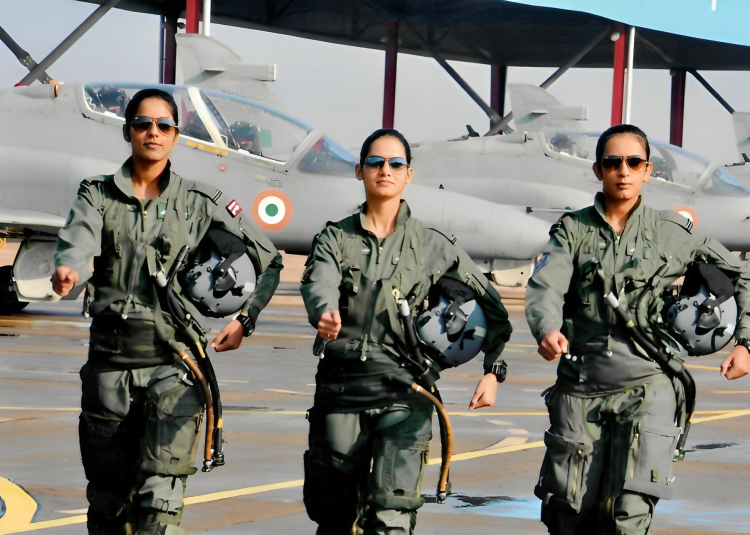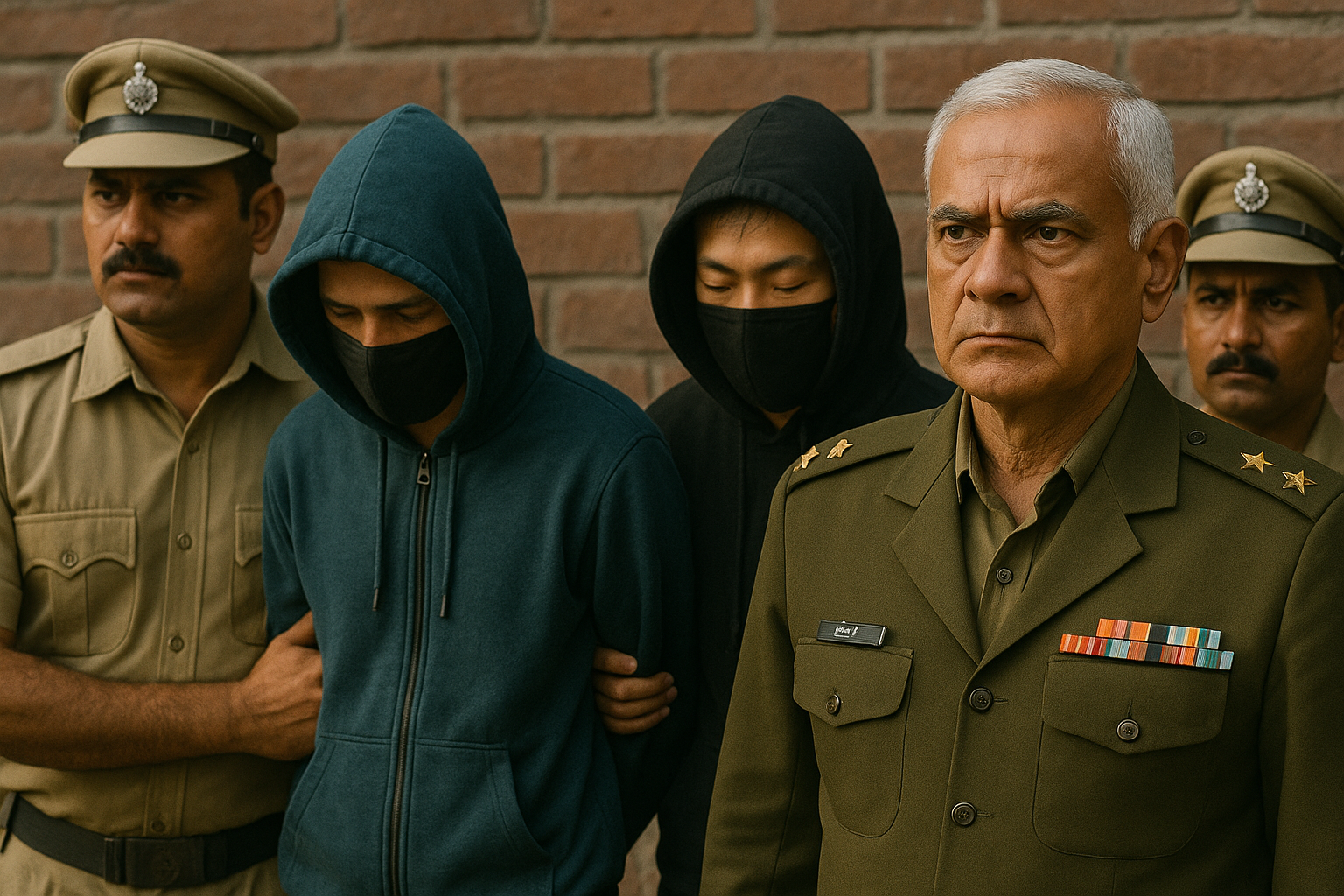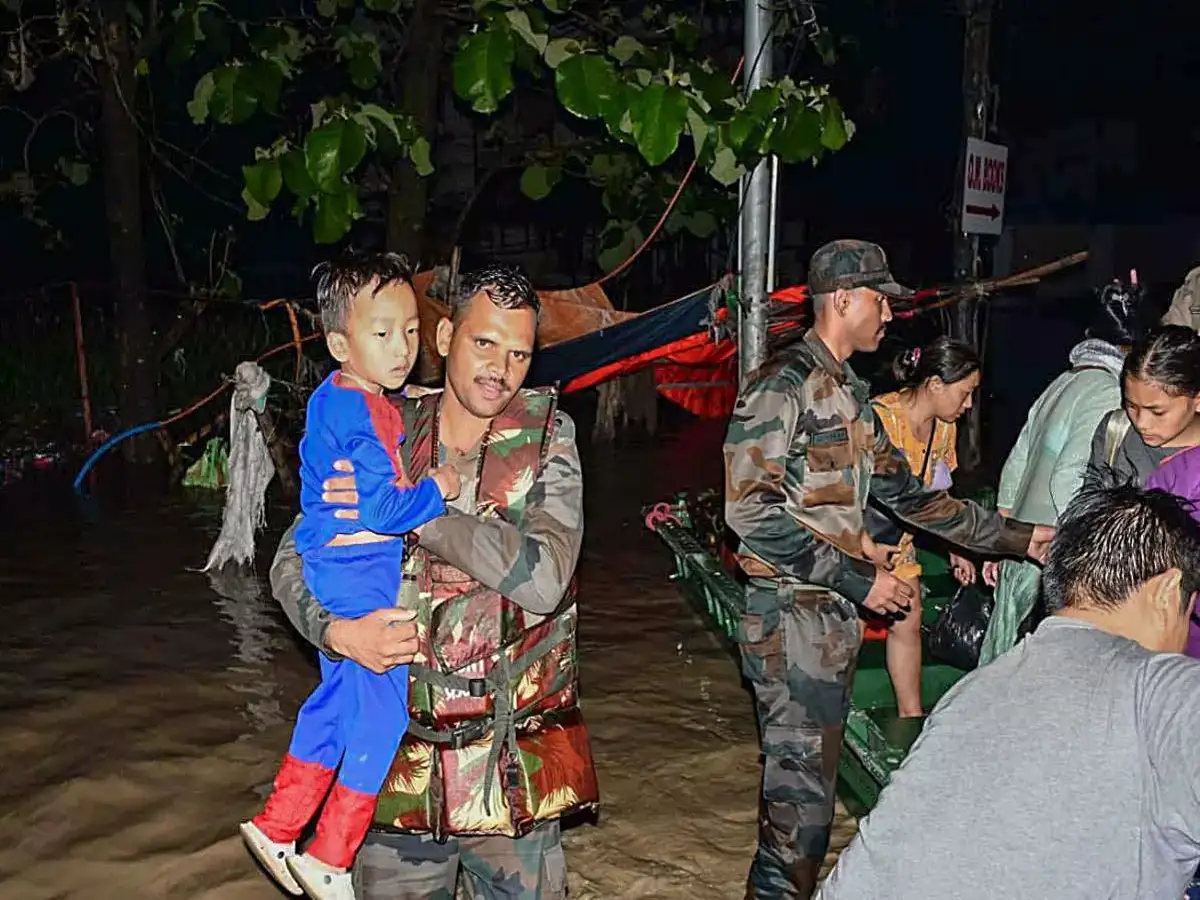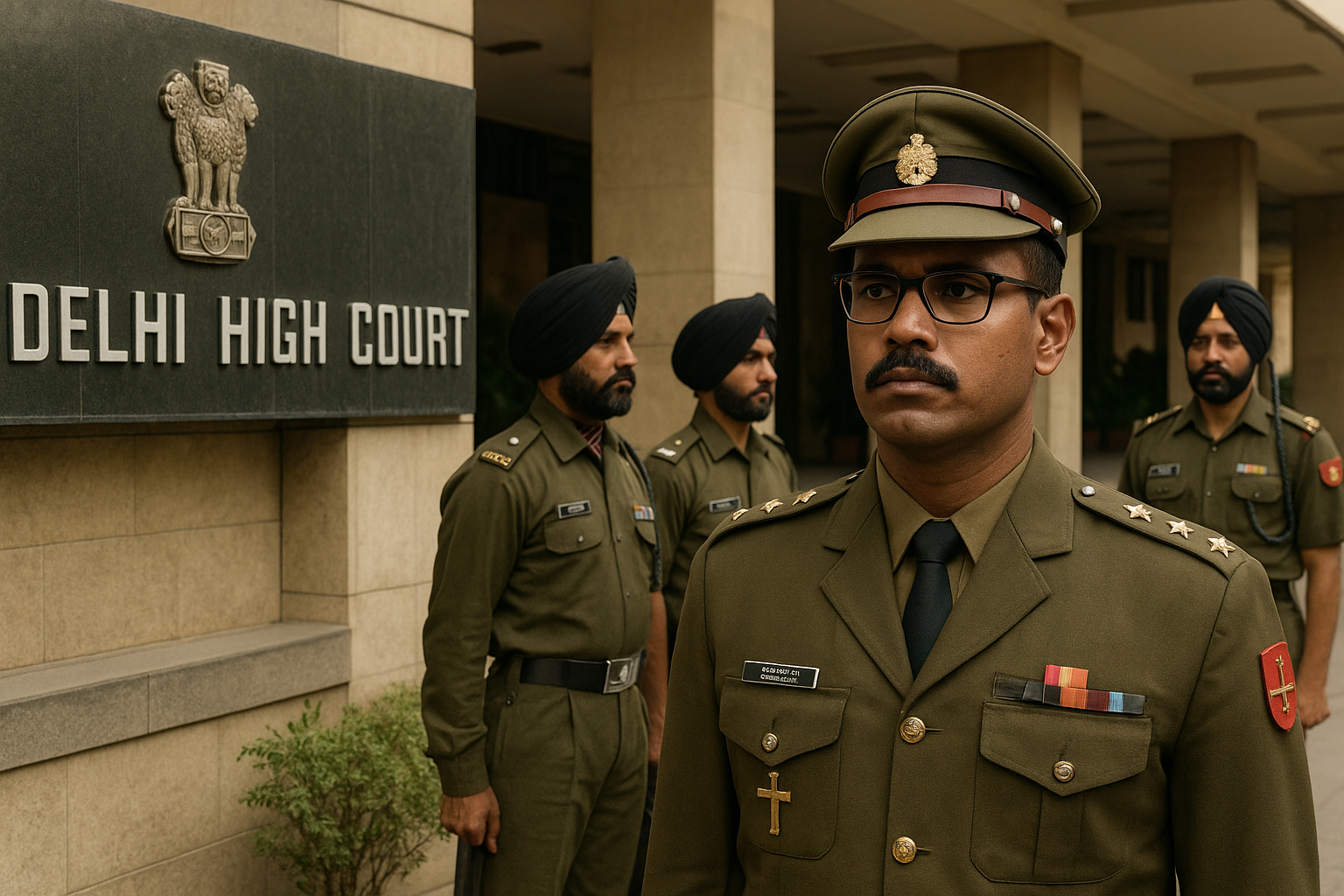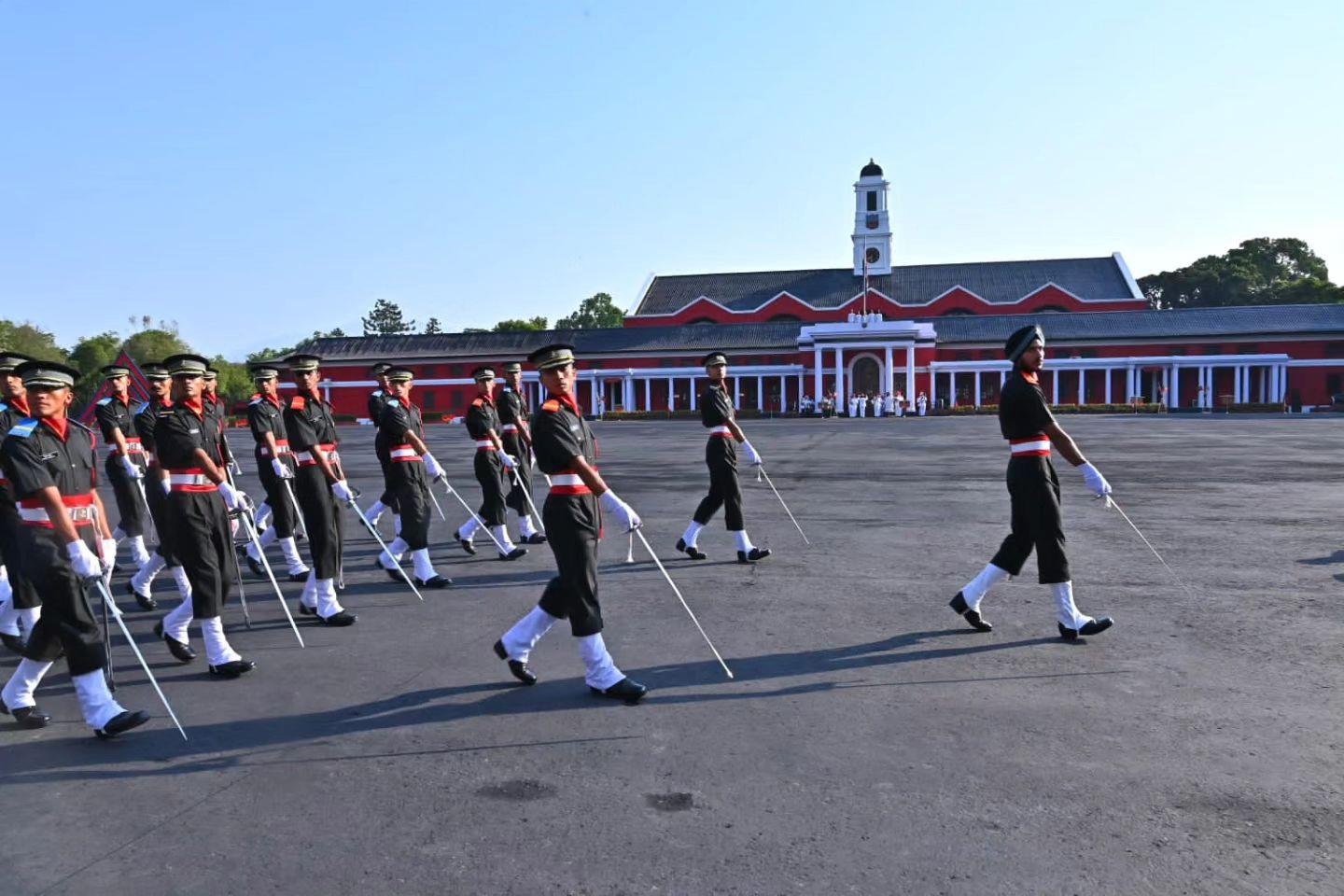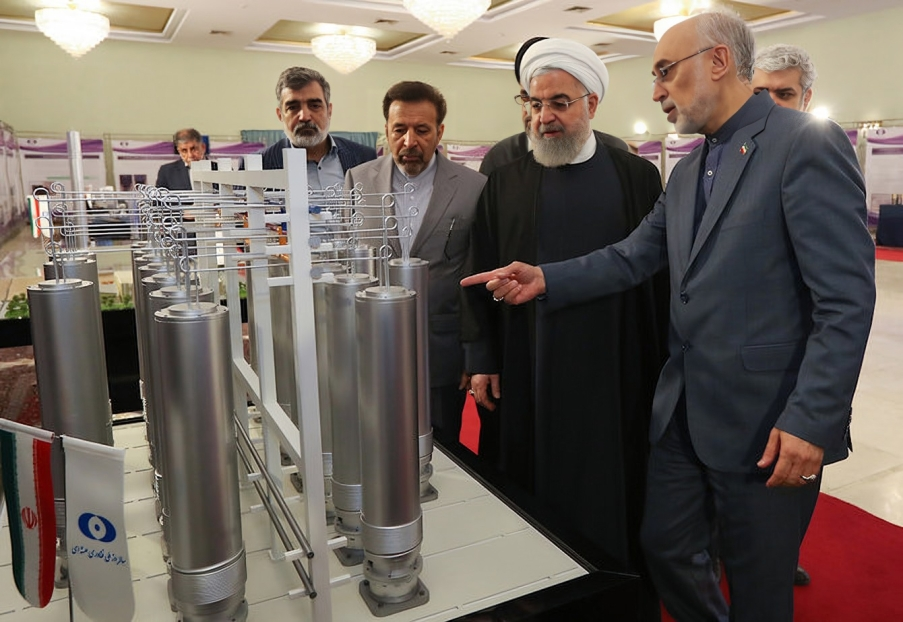What Is the Science Behind G-Suits Worn by Indian Air Force Pilots?
Indian Air Force (IAF) pilots routinely push their bodies and machines to the edge. Operating advanced fighter aircraft like the…
Two Arrested in ₹41.45 Lakh Cyber Fraud Targeting Retired Army Colonel; Chinese Link Exposed
In a significant crackdown on an international cyber fraud network, Delhi Police have arrested two individuals with alleged Chinese links…
Operation Jal Rahat 2: Indian Army and Assam Rifles Rescue Nearly 800 People in Flood-Hit Manipur
In a prompt and coordinated response to severe flooding across Manipur, the Indian Army and Assam Rifles launched Operation Jal…
Delhi High Court Upholds Dismissal of Christian Army Officer for Refusing Religious Rituals
The Delhi High Court has upheld the dismissal of Lieutenant Samuel Kamalesan, a Christian officer in the Indian Army, who…
IMA Passing Out Parade to be Held on June 14, 2025
The prestigious Indian Military Academy (IMA), Dehradun, is set to host its much-anticipated Passing Out Parade (POP) for the Spring…
Iran’s Surging Uranium Stockpile Raises Global Alarm
Iran has significantly expanded its stockpile of highly enriched uranium, pushing global nuclear tensions to a new high, according to…

